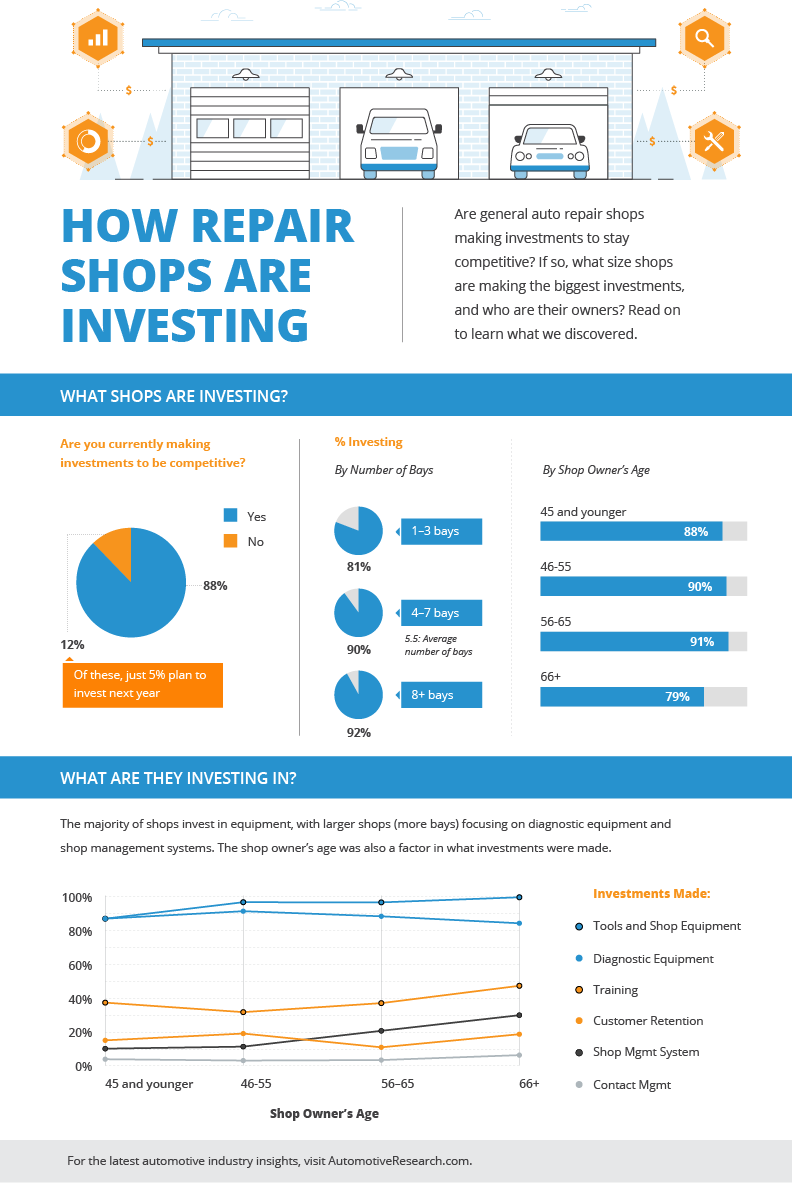Seeking Clearness On The Caution Lights Presented On Your Vehicle'S Control Panel? Find Out Just How They Relate To Your Vehicle'S Health And Wellness
Seeking Clearness On The Caution Lights Presented On Your Vehicle'S Control Panel? Find Out Just How They Relate To Your Vehicle'S Health And Wellness
Blog Article
https://brake-pads-and-rotors83949.blog2news.com/30511238/a-newbie-s-fast-track-to-auto-explaining-in-less-than-an-hour -Lim Torres
When you lag the wheel, those glowing caution lights on your dashboard can be a little bit complicated. Do you understand what they're trying to inform you regarding your vehicle's health? Understanding the significance of these lights is crucial for your safety and the durability of your vehicle. So, the following time one of those lights pops up, would not you want to analyze its message properly and take the needed steps to address it?
Common Caution Lighting and Interpretations
Recognize typical warning lights in your auto and comprehend their meanings to make sure risk-free driving.
The most normal caution lights consist of the check engine light, which signifies issues with the engine or discharges system. If this light comes on, it's essential to have your car checked promptly.
The oil pressure alerting light indicates reduced oil stress, calling for instant interest to stop engine damages.
A blinking battery light may recommend a damaged charging system, possibly leaving you stranded if not attended to.
The tire pressure monitoring system (TPMS) light informs you to low tire pressure, influencing lorry stability and fuel performance. Ignoring this can bring about dangerous driving problems.
The abdominal muscle light suggests a trouble with the anti-lock braking system, endangering your capacity to stop rapidly in emergencies.
Last but not least, the coolant temperature alerting light warns of engine overheating, which can result in extreme damage otherwise fixed promptly.
Comprehending these usual caution lights will help you address concerns immediately and preserve secure driving conditions.
Importance of Prompt Interest
Comprehending the common caution lights in your vehicle is just the very first step; the importance of immediately addressing these warnings can not be highlighted enough to ensure your safety on the road.
When a caution light illuminates on your control panel, it's your automobile's method of interacting a potential issue that requires interest. Neglecting these warnings can bring about much more serious troubles in the future, compromising your safety and possibly costing you a lot more out of commission.
https://www.moneytalksnews.com/slideshows/12-tips-to-avoid-diy-repair-disasters-2/ to alerting lights can prevent failures and crashes. As an example, a flashing check engine light could indicate a misfire that, if left ignored, could create damages to the catalytic converter. Addressing this promptly can conserve you from a costly repair.
Likewise, full car cleaning service advising light could indicate reduced brake fluid or worn brake pads, crucial components for your security when driving.
DIY Troubleshooting Tips
If you notice a warning light on your dashboard, there are a couple of DIY fixing suggestions you can attempt prior to seeking expert help.
The first step is to consult your automobile's manual to understand what the particular caution light indicates. Sometimes the problem can be as straightforward as a loosened gas cap causing the check engine light. Tightening up the gas cap may deal with the trouble.
An additional common problem is a reduced battery, which can trigger different cautioning lights. Examining the battery links for deterioration and ensuring they're safe could fix the issue.
If a caution light continues, you can try resetting it by detaching the auto's battery for a few mins and after that reconnecting it. Additionally, checking your vehicle's fluid levels, such as oil, coolant, and brake fluid, can aid troubleshoot warning lights associated with these systems.
Final thought
Finally, comprehending your cars and truck's caution lights is necessary for keeping your automobile running efficiently and securely. By quickly addressing these signals and knowing what they suggest, you can prevent pricey repair work and prospective failures.
Remember to consult your auto's handbook for specific details on each advising light and do something about it accordingly to make certain a trouble-free driving experience.
Keep notified, remain safe when driving!
